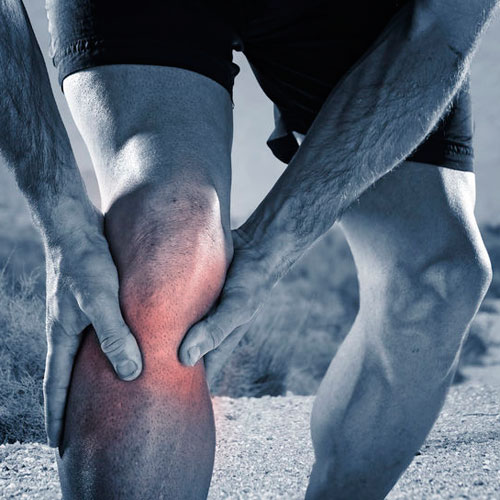Image courtesy of Virgin Money London Marathon.
Running the Virtual London Marathon #40thRace
Inevitably, as with pretty much every event ever scheduled for 2020, the London Marathon has been rescheduled and changed format to allow for the safety measures needed to help combat the Covid-19 pandemic. If you hadn’t heard, it is going ahead on its rescheduled date of Sunday October 4th 2020 in various formats.
The elite race will be held in a closely controlled biosphere environment on a closed lapped circuit in St James’s Park. Those with a place in the mass-participation 2020 event can take part in The 40th Race by running the famous 26.2 mile marathon distance virtually, anywhere they like from 00:00 to 23:59:59 BST on Sunday 4th October. If you don’t have a place yet, there are apparently still charity places available (at time of publishing this blog post). You can search for them with this link.
Ways to run your #40thRace London Marathon
Without the build up on the day, forty thousand fellow runners and the crowds cheering you on, the motivation to start and complete your remote marathon could be difficult to come by. You could just step out of your front door in your standard running kit and run your marathon, but why not mix it up a bit? You don’t even have to run it all in one go.
We’ve found some ideas to make it more fun and help with motivation at the same time.
You could:
Get a household member to drop you off somewhere else and you can run the distance home – it’s quite a motivation to know that you’ve got to get home.
Run to a destination 26.2 miles away, having arranged to meet someone with a medal and a space blanket to collect you at your finish point.
Set up a route that goes past the houses of some of your friends so they can cheer you on, fill up your waterbottles or have a good chat with you.
Run a route which takes in local landmarks or tourist attractions for some interest (and good photos?).
Get your friends to run or walk a few miles or the whole route with you, socially distanced, of course.
Use the full 24 hours! Run a mile every hour (plus a couple of extra miles in one of the hours) and use the rest of the hour to do all those small jobs you never get around to such as hanging pictures, cleaning your car, weeding your front garden etc – just like Beau Miles did in his 24 hour marathon challenge.
Run your marathon in fancy dress, even if you hadn’t been planning to this year. Do train in your outfit to check that it’s ok to run in though!
We really shouldn’t need to say this but we will - do remember to stay socially distanced and within Government rules at all times. Stay hydrated and well-fuelled and look after yourself.
Don’t forget to consider your post race recovery as well. Emily, our sports massage therapist and resident triathlon coach, gave us her Top Tips For Marathon Recovery last year.
Have a great #40thRace!
Don’t forget that we’re open for face to face consultations at The Lansdowne Club and virtual consultations from the comfort of your own home via Zoom so if you’ve got any niggles or injuries, call us for an appointment on 02030 12 12 22.
Words by NoviceRunnerNik, image courtesy of Virgin Money London Marathon.




